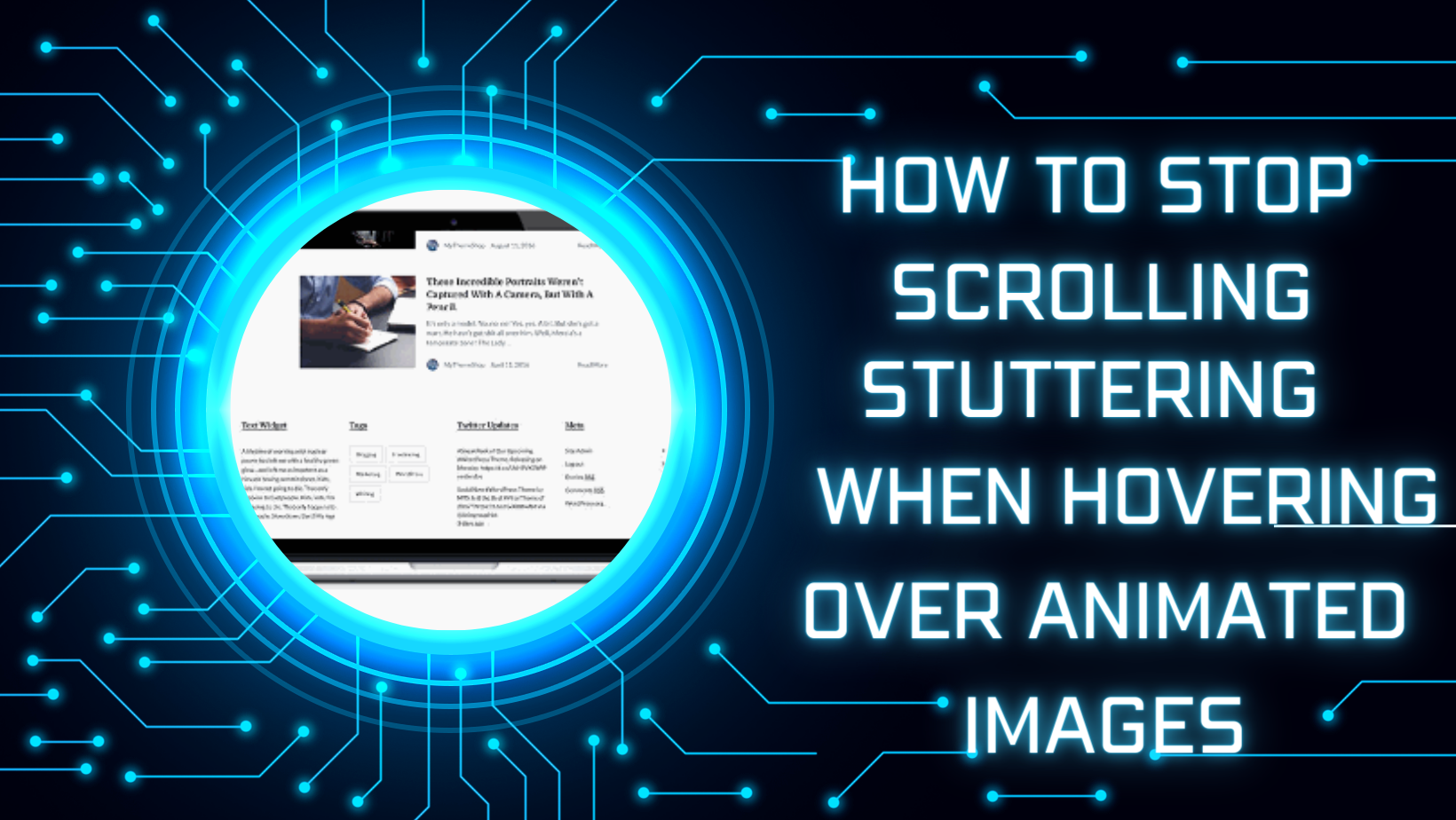Scrolling a web page can sometimes feel slow and laggy, due to any number of factors including overloaded web pages or video plugins; or an inadequate CDN.
There is a solution for your scrolling issues! In this article we’ll look at how to implement smooth scrolling sequences using GSAP and CSS.
CSS
Web designers use image galleries to showcase their work, often including designs of websites in these photos. By adding a scroll down hover effect to these photos, designers can make them more eye-catching and give visitors the feel that they’re actually browsing them – all while only needing a few lines of CSS code!
The first line specifies CSS for an image that will scroll on hover, while the second sets the height of column in pixels to determine how high an image will scroll. Finally, on hover a custom top margin is added before setting transform translate y-axis value at -100% which moves it 100% of column height up.
Next step is to add an ID or Class Selector for the element that will scroll on hover. CSS selectors form the foundation of a website, enabling you to target specific elements by their IDs or Classes with CSS styles applied based on them – they also allow complex animation sequences by combining these selectors into complex id/Class selector combinations.
JS
If you are experiencing lag when scrolling animated images, this could be related to your mouse settings. Try altering these or testing out your page on another machine before adding zero-delay scroll to your CSS to eliminate lag altogether.
Though there are JS solutions for smooth scrolling, they often interfere with browser focus-changing behavior – this should generally be avoided as this may create accessibility issues with #target jump links and could have serious ramifications if used poorly. Heather Migliorisi offers an insightful discussion in her article ‘Smooth Scrolling and Accessibility‘.
To use jQuery effectively, you’ll require a CSS selector which matches the target element. This could be either an ID or Class selector – for instance the example below uses class selector but you could just as easily use ID selector or combine both options together if preferred. Just be mindful when dealing with selectors as errors can easily arise!
HTML
Scrolling stuttering is a common issue across multiple browsers and devices, particularly mobile phones, and can make browsing frustratingly slow for users. This issue can easily be remedied using CSS to adjust animation speed; simply add 0.5-1 second delay before starting it; also adjust image opacity according to theme for best results; this technique ensures smooth scrolling for visitors and increases sales overall!

